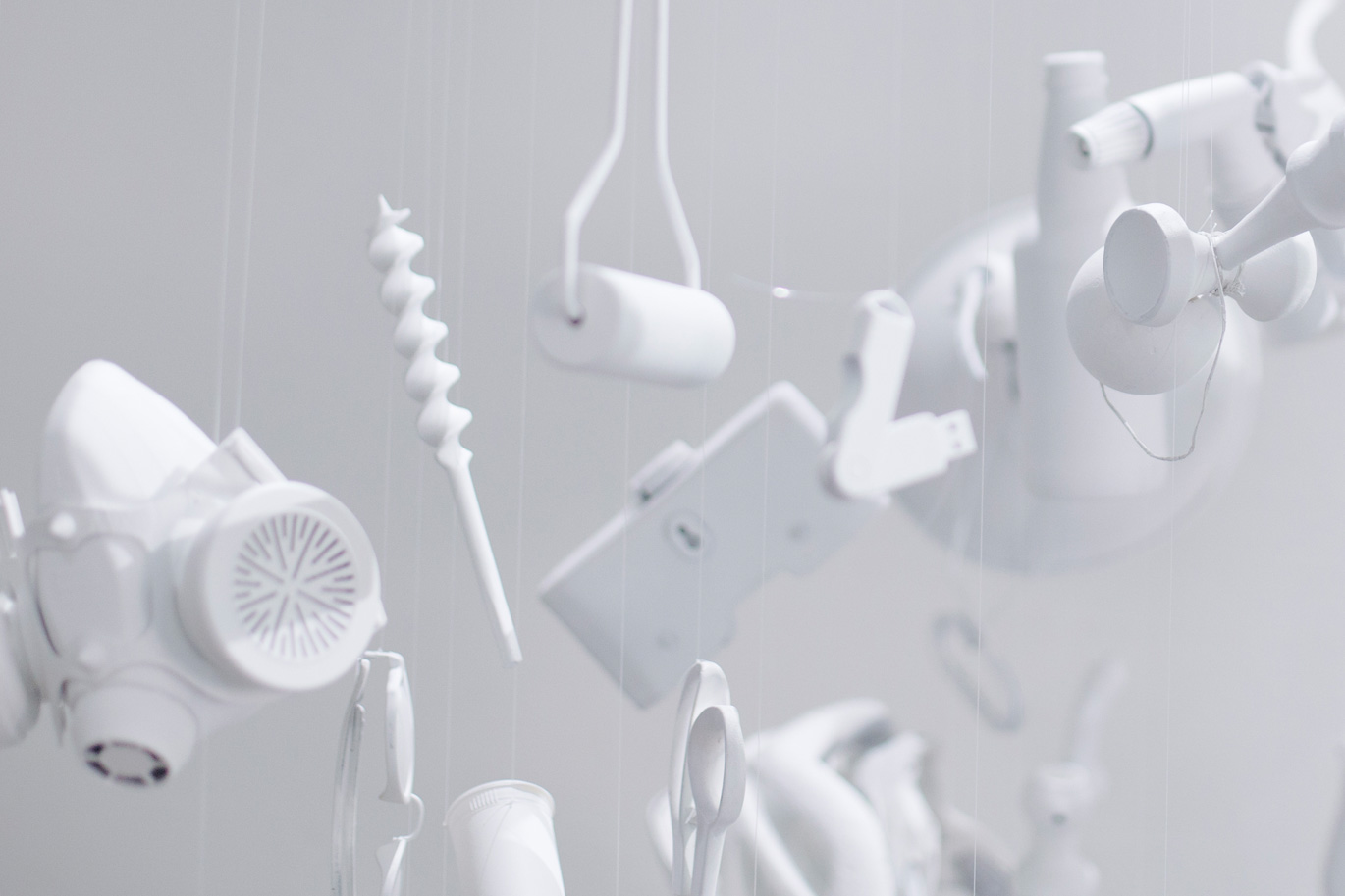- Winter 2023
Syllabus Description:
Art H 381 – Art Since World War II
Professor Adair Rounthwaite
M/W/F 1:00-2:20 pm, Art Building room 003, office hours M/W 2:30-3:30 or by appointment. Link for Zoom meetings by appointment: https://washington.zoom.us/my/adairrounthwaite
vadair@uw.edu, office Art 367
TA: Nic Staley, nfs80@uw.edu, office hours Tuesday 12:00-1:00pm on Zoom: https://washington.zoom.us/j/92241665708
Tetsumi Kudo, "Cohabitation Between Man and the Transistors," 1980-81
Course description
The period from 1945 to the present is among the most dynamic in the history of global art production. This class is a survey of the past 70 years that familiarizes students with the incredible changes art has undergone in this era. We focus on the innovations that occurred in a wide range of media, including painting, sculpture, photography, and performance, as well as on the relationships between these practices, and the ultimate break-down of the coherence of the medium as such. We also discuss critical theories for understanding art that have emerged during this period, with a particular focus on politicized frameworks of interpretation, such as feminism, queer theory, critical analyses of class and culture, and theories of racial identity and multiculturalism. Connecting our discussions will be a consideration of what types of viewership artists have sought to foster, and how those goals relate to the local and global contexts in which they produce their work.
Learning goals
In this class, students will:
- Become familiar with the major movements and tendencies in art from 1945 to the present.
- Articulate connections between individual artworks and the bigger movements of which they were a part.
- Gain a sophisticated visual vocabulary for analyzing artwork from this period, and for discussing its relationship to broad social and political transformation.
- Develop skills in the close visual analysis of artworks.
- Visit local art institutions and experience artworks in person.
Grade breakdown
25% - First take-home exam. You will have 24 hours to write 700-1000 words in response to a prompt provided on Canvas. The prompt will ask you to draw synthetically on the movements we have studied in class to analyze a selection of artworks of your choice.
25% - Second take-home exam. The final has the same format as the midterm, and is not cumulative.
20% - Global Art Mapping assignment. This assignment will have students work in groups to write mini-histories of artists from a certain region (Asia, Eastern Europe, etc.). We will assemble the entries into one map for the entire class that will serve as a resource for understanding global art history. Exit surveys will determine whether or not each member of the group should receive the same grade.
30% - Artwork Analysis essay (1800-2000 words). Students will write a short essay that performs an analysis of an artwork in the Seattle Art Museum’s permanent collection exhibition “Reverberations: Contemporary Art and Modern Classics.”
Students whose oral participation in class is excellent can earn up to a 1% bonus on their final grade at the discretion of the professor.
Readings
The required course readings are available as PDFs on Canvas. You will be required to answer short questions about these readings on the tests.
Those students who want a comprehensive textbook to provide additional context and narrative about art in this period are invited to buy Jonathan Fineberg, Art Since 1940: Strategies of Being, 3rd edition (Upper Saddle River: Pearson, 2011). The Finberg text is not required and not included on the tests, but I have provided page numbers for additional reading for many of the lectures listed.
Full syllabus: Rounthwaite 381 WI2023 v2.docx



